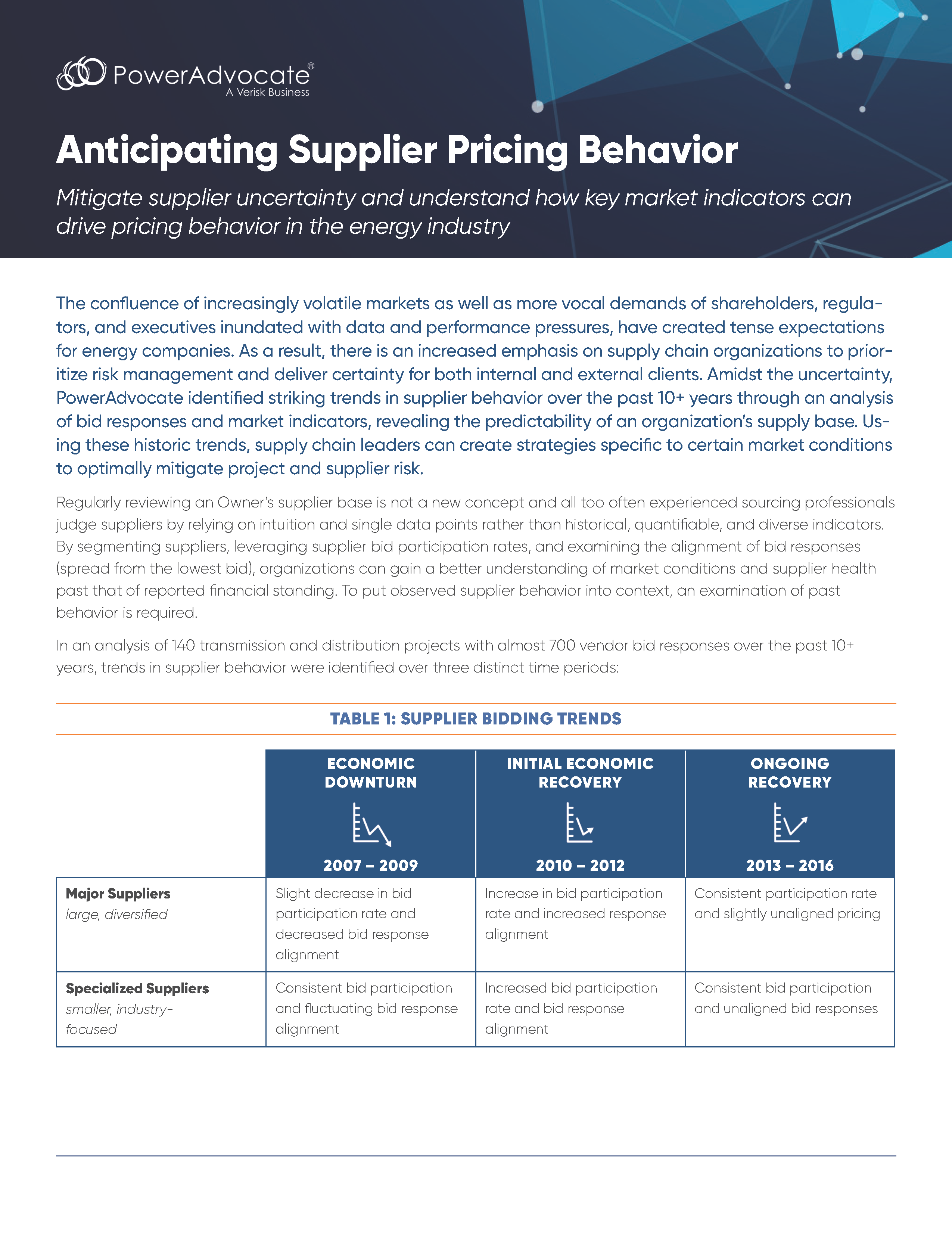Summary
- The US administration recently announced two new rounds of tariffs on $300 billion of imports from China at a rate of 10%, effective September 1 and December 15.
- This is the fourth round of US tariffs on imports from China, which now covers over $500 billion of Chinese imports, covering nearly all remaining trade with China.
- China has responded by cutting US imports and by threatening additional tariffs on US goods.
- The new tariffs largely focus upon consumer products; however, the tariffs also cover numerous steel & aluminum products in both finished and intermediate states that may impact energy supply chain teams. However, the lists will not include products for which China maintains monopolistic market share, such as rare earth minerals and barite.
- While trade negotiations between China and the US are expected to continue, should the talks fail to result in an agreement, the list 4 tariff rate is anticipated to increase to 25%, in line with lists 1 – 3.
- Supply Chain teams should evaluate how exposed they are to key commodities such as steel and aluminum and be able to evaluate potential risks to cost structure.



